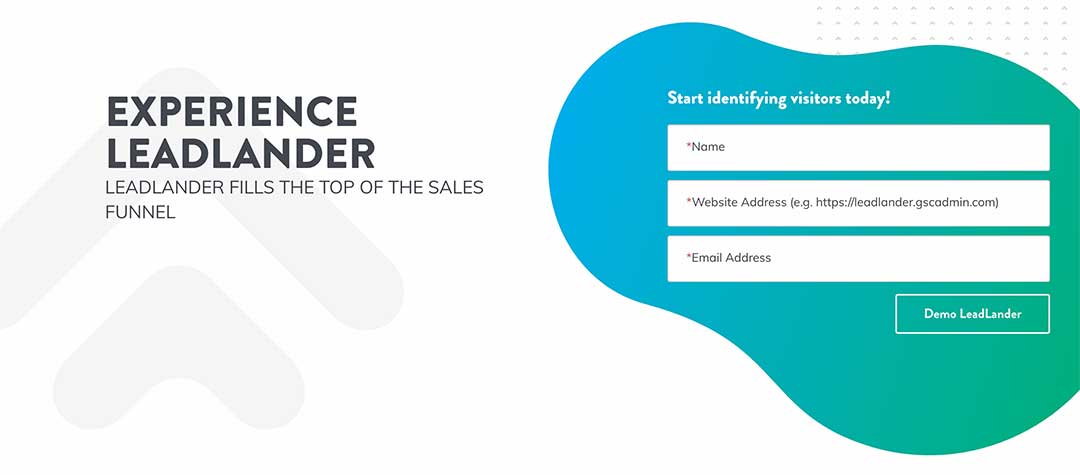The current state of internet marketing relies heavily on a practice called cookie tracking. Cookies are little bits of information that are generated and stored whenever a user does something online. Marketing teams use various types of cookies to target their ads to users that align with their target audience. The practice of cookie tracking has been a key component of the marketing strategy used by many modern companies. But that all could be changing. The latest Google Chrome update could fundamentally transform the way that cookies are used for internet marketing purposes. It could also necessitate some big changes in your company’s marketing strategy. Keep reading to learn how Chrome’s update affects your marketing strategy.
Understanding FLoC: How Chrome’s Update Affects Marketing
The Google Chrome update in question is one called the Federated Learning of Cohorts, but you can simply call it FLoC. FLoC is an API that will be attached to the Chrome browser, introduced under Google’s Privacy Sandbox initiative. It’s Google’s solution to the problems presented by cookie tracking-based advertising.
With cookie tracking, companies have been able to track and analyze the interest profiles of individual internet users. That won’t be possible with FLoC. Instead, users will be grouped together into cohorts that share similar interests. These will typically be made up of thousands of users.
When FLoC is implemented, this is the data your marketing team will have to work with. That is, at least when it uses Chrome to generate user data. Other browsers may come up with their own solutions similar to FLoC, but it’s important to keep in mind that this API is specific to the Chrome browser.
As you might have guessed, the introduction of FLoC could lead to some serious changes in the internet marketing space. The following sections will provide some examples of what the post-FLoC world might look like.
Goodbye Third-Party Cookies
One of the highlights of Google Chrome’s new update is that your marketing team won’t be able to use third-party cookies on the browser for much longer. Google plans on ending its support for them by the end of 2022. That means you don’t have a lot of time to adjust your marketing strategy.
First-Party Cookie Platforms Will Grow
Cookies are a valuable way for companies to define their target audiences, track their behaviors, and serve up targeted ads to them. Companies are still going to want to use this capability after FLoC is released. They’re just going to have to use first-party cookie platforms instead of third-party ones.
First-party cookie platforms include websites like Google and Facebook. This change should give them more control over user data than they’ve had in the past, as they’ll gain access to data that other advertisers won’t.
As FLoC becomes more prominent, we may see a spike in the number of advertisers who are utilizing these first-party cookie platforms.
Cross-Site Tracking Will Go Away
Tracking users across different websites has been a key part of the marketing strategy for many companies. But that won’t be possible once FLoC replaces third-party cookies entirely. This has some important implications.
Current remarketing practices won’t work when third-party cookies go away. As a refresher, remarketing is the practice of putting your ads in front of people who have already visited your website. This is usually a great way to re-engage consumers who you already think might be interested in your company’s offerings. But you won’t be able to employ the strategy once Chrome stops providing the data necessary.
Ultimately, this means that remarketing may need to be reimagined in the post-FLoC world. There could still be a way to replicate current practices with cohorts instead of individual user data. It’s just currently impossible to say what that might look like.

It Will Be Challenging To Assess The Effectiveness Of Ads
By design, FLoC was created to make it more challenging for companies to track individual user data. This may be beneficial to consumers, but it could be costly for businesses that try to market their products online.
For example, a company might use several methods to assess the effectiveness of its ads. But one of the most common measurements is calculating the ad’s click-through rate. This tells you how many people saw your ad and wanted to check out your products as a result.
But FLoC will make it much more challenging to accurately determine your ads’ click-through rates. So you may find it challenging to assess their effectiveness with the same degree of accuracy that you’ve been able to use in the past.
This could present a variety of challenges to your company. For instance, any difficulty tracking conversions could make it more challenging to track where your ad dollars should be spent. That has the potential to decrease the efficiency of your overall marketing strategy.
We’ll see how companies get around this problem once FLoC becomes widespread. But it seems likely that any potential solution to this issue would involve prioritizing marketing your content on platforms that allow you to track the effectiveness of your campaigns.
Revenue Losses Could Occur
Marketing drives revenue to companies. Generally, the more effective a marketing campaign is, the more dollars that go into a company because of it. That’s why companies have fallen in love with using cookie tracking. It enables the highly targeted ads that reach the users who have the best chance of converting.
But FLoC will reduce your ability to do this. And if your ads become less targeted, your marketing campaigns could start to become less effective, ultimately leading to fewer dollars going into your company. For example, cookie-less traffic yielded an average of 52% less revenue for the ad publisher.
However, it’s not all doom and gloom. For their part, Google says that FLoC can be nearly as effective as cookie tracking-based advertising. The company’s internal tests show that FLoC can generate advertisers at least 95% of the conversions per dollar spent when compared to cookie-based advertising. We’ll have to wait and see how accurate this statistic is once FLoC is used out in the real world.
New Strategies Will Be Needed
For all that we know about the latest Google Chrome update, there’s still a good deal of uncertainty surrounding it. We understand what FLoC is, in theory, and how that differs from the marketing strategies companies currently rely on. But FLoC has only just begun rolling out in select countries for trialing – we can’t say for certain what the future will hold.
That said, one thing is clear: your company will need to embrace new marketing strategies in order to maintain its current level of effectiveness. That could mean using new tools that help you get more out of your website traffic, focusing more on social media marketing, or making your email marketing campaigns a priority.
If you’ve been advertising exclusively through Chrome, then now might also be the right time to start branching out. Ultimately, it will be important to reassess your current marketing strategies and determine how they will perform in a post-FLoC world.
The Broader Data Privacy Landscape Is Changing
It’s also worth mentioning that FLoC isn’t being released in isolation. A recent report found that more than 67% of U.S. consumers are ready for stricter data privacy laws. FLoC is one of Google’s responses to this shift in sentiment, but other changes are also likely to occur.
For example, legislative bodies are already passing comprehensive data privacy laws that are altering the way companies can interact with user data. Recent examples of this include the European Union’s GDPR and California’s CCPA. Your company will also need to keep abreast of these changes and react to them if necessary as it adjusts to the new world of internet marketing.

LeadLander Can Help Your Company Embrace These Changes
FLoC signifies a big shift in the way that companies will be able to market their products to consumers online. If you’re concerned about how it could impact your marketing strategy, then now could be the right time to begin modernizing and future-proofing your practices.
LeadLander can help you with that.
Our platform helps you get more out of the internet traffic that goes through your website. With LeadLander, you can easily identify anonymous website users and gather important information about existing targets. You can also use our tool to improve your pipeline accuracy, validate interest from cold calls, and access click path history on your website, among other things.
Getting started with a tool like LeadLander could be just what you need to prepare your company for the post-FLoC world. So why not give it a shot?
We know that LeadLander will help you get more out of your marketing budget. So we’re letting everyone try it for free. You can get a free 14-day trial of LeadLander now by simply filling out this form. No credit card information is required and you’ll be free to cancel at any time.

